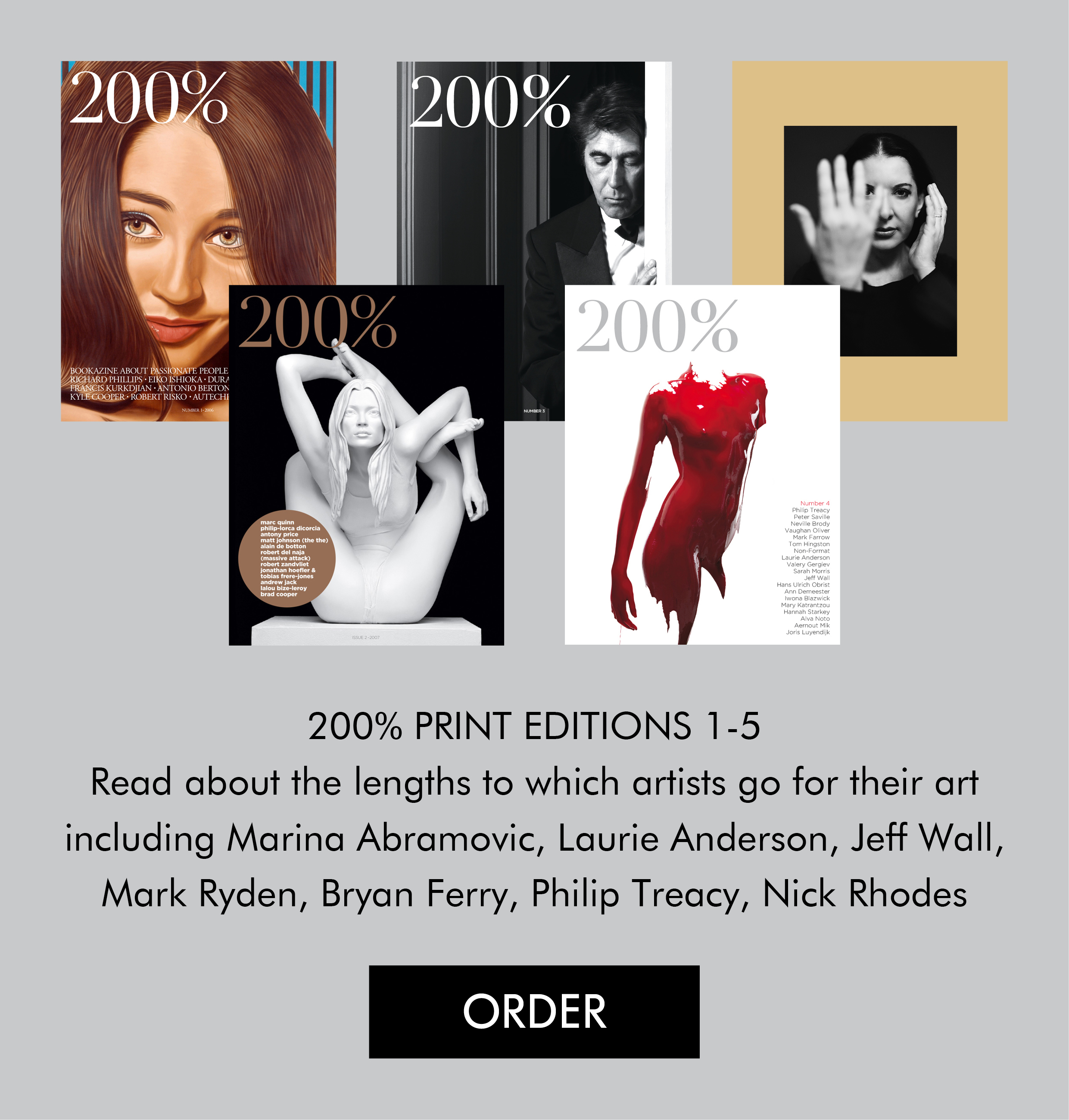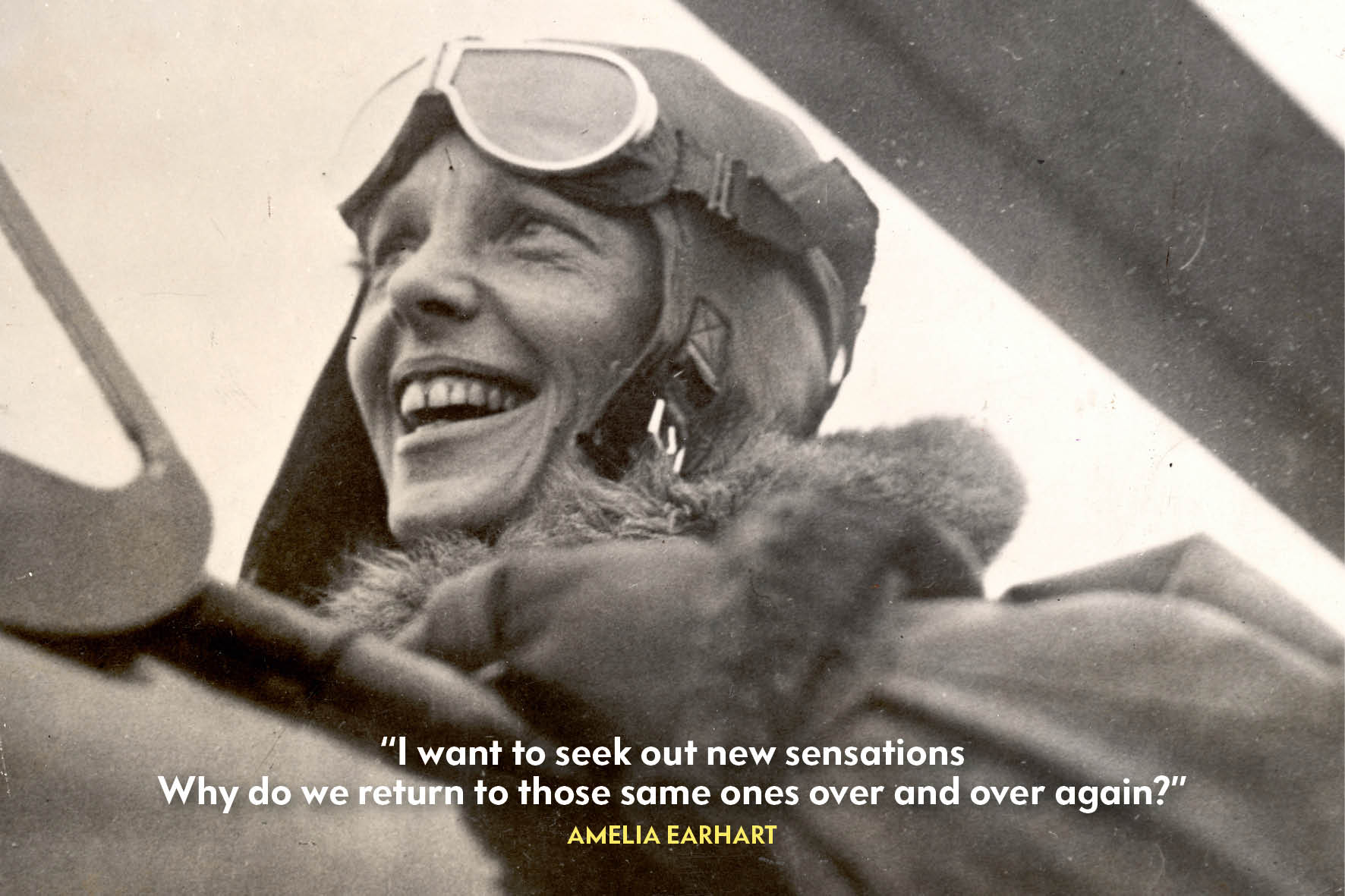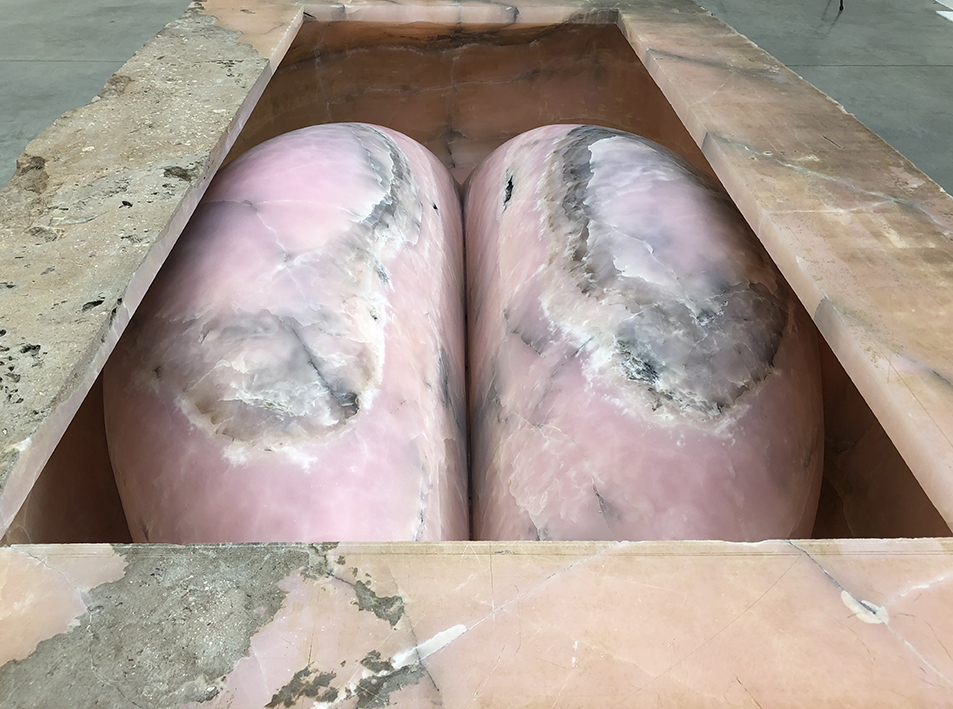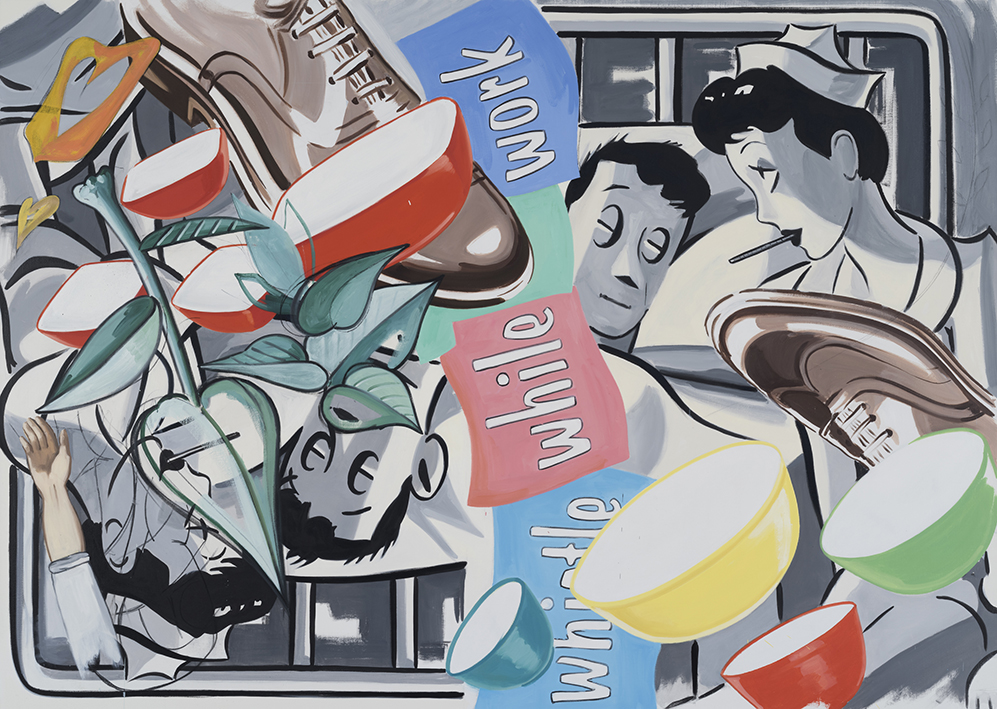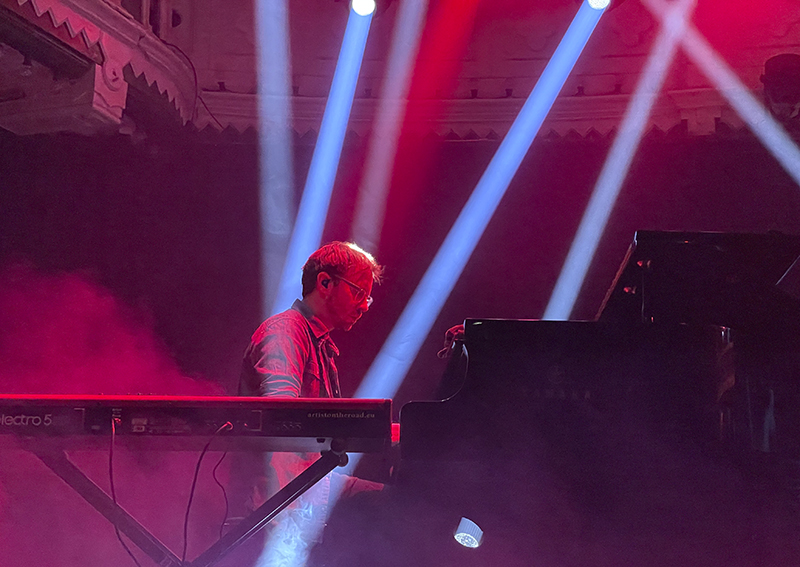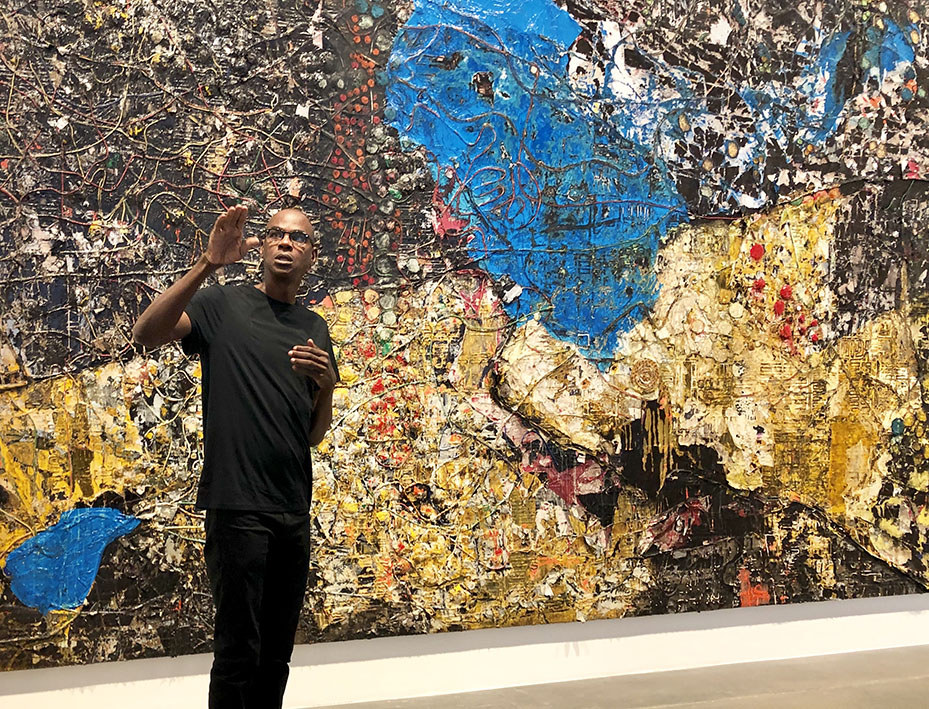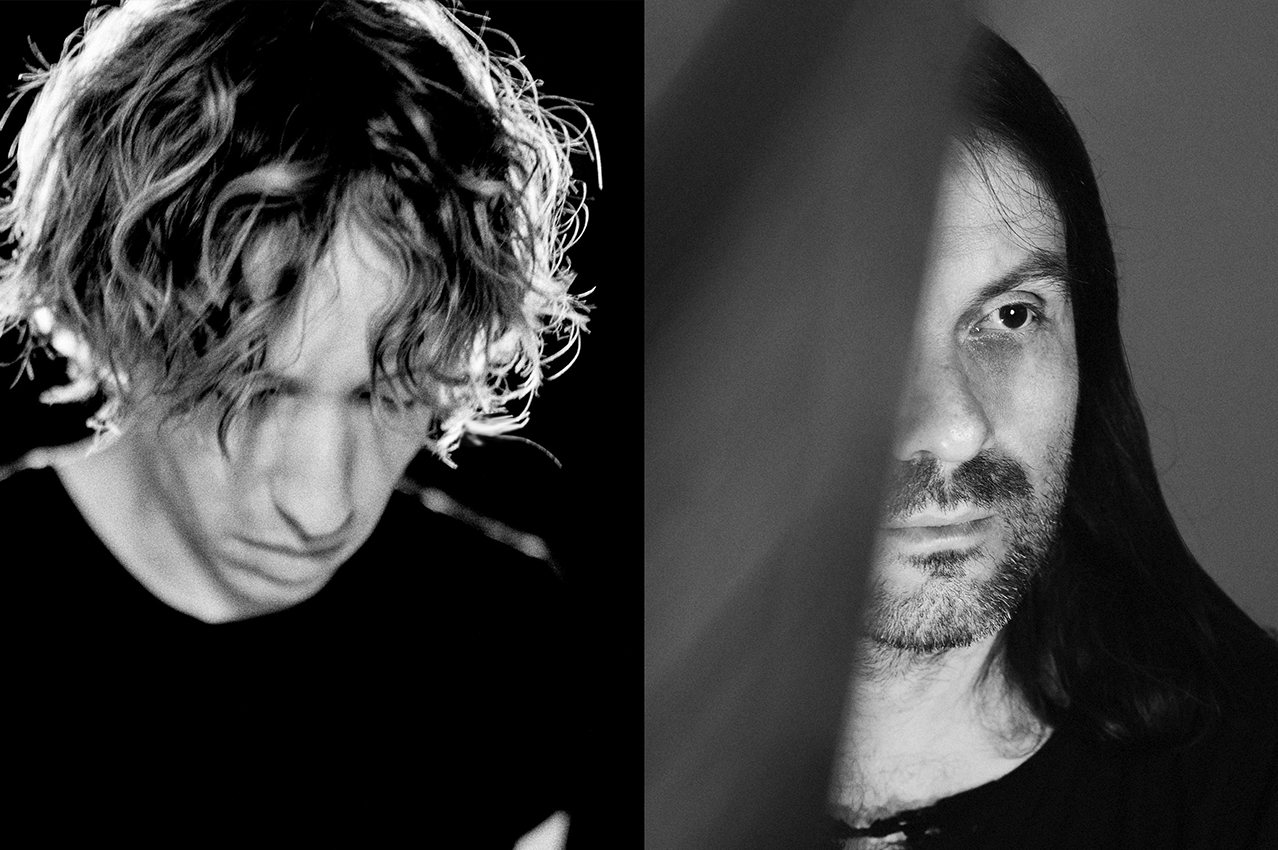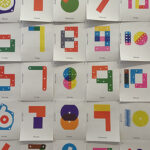
Art Liam Gillick interview (Part 2)
“I see much paranoia around art as if it needs defending, saving or helping. Art is there not to be liked as much it is to be liked”.
200%: How would you describe your working relationship with Maureen Paley, your gallerist in London?
Liam Gillick: I’ve known her since 1984 and I went there the year the gallery opened. I was a student and Maureen had no idea who I was. Within two years, we started to talk. We have had an ongoing conversation for thirty years now talking about art, cinema, ideas and life. What’s weird with someone you have such a long conversation with is when you have to do an exhibition. It’s a kind of interruption of that process.
In London, I want to work with people who are somehow connected to an artistic community. The galleries aren’t so different from each other. The big expensive ones employ more or less the same model as the younger, radical ones. For me, though, there is still enough difference. London is my home town; it can’t just be business for me. It’s about people. People who attended the opening last night can speak without censorship to each other. People know each other, they can talk openly. For me, that is very important. With Maureen, and also with the other gallerists I work with, Esther Schipper and Casey Kaplan and all the others such as Florence in Paris, it’s really an exchange of ideas. We speak honestly to each other which is reflected in the way we work. When they critique me, they are extremely clear about what they think.
200%: Did Maureen provide any critique or comments that you took on board for this show?
LG: Yes, she definitely had some influence on this exhibition. I usually show people what I would like to do when I have a completed work, down to the last centimetre. When they ask me what height to put the text on the wall, it’s precisely outlined in the plan. In this case Maureen and I did have a discussion after I sent her my ideas. The film upstairs, in the back room, was affected by Maureen and we had some discussion about the use of neon. Sometimes that is actually quite difficult. Not with her, but in general.
200%: How so?
LG: As an artist you are still fighting to make sure your work can be done the way you want it to be done. It’s not a big, friendly, collaborative world. It looks like that when you see people hugging and kissing each other, having a good time and all agreeing, but it’s not. You still have to fight hard as an artist to make sure that you can protect your way of working.
 200%: How would you describe your working relationship with Esther Schipper, your gallerist in Berlin?
200%: How would you describe your working relationship with Esther Schipper, your gallerist in Berlin?
LG: Esther is still affected by her Dutch roots and her French childhood. It makes for a strange combination. She is extremely tolerant. If you say you would like to burn the gallery down, she would probably say yes. At the same time, her French side would say, but you know someone else already did that. There is a combination of absolute tolerance and a sense of critical awareness which I quite like.
200%: Your practice focuses more on modes of production rather than consumption. How much are your gallerists involved in this process?
LG: A fair amount. Effectively, the operational systems in a mega gallery and a young new radical gallery are quite similar. They have a space where they exhibit and try to sell the work of the artists that they represent. The way that they do differ is how the work is produced. I still work with galleries where basically the quest with production is still shared in every sense between them and I. Conceptually, how and what to deploy or to put out in the world. The question of production is still what we really work on, that is very different to some of the bigger galleries where they’re expecting the artist to have a kind a production machine. I’m still having these kinds of conversations with Esther and Maureen about how we should approach everything. It is not just a question of raising money. It’s about how we produce meaning.
 200%: As you’re more interested in the production side do you ever think about whether your work is going to sell?
200%: As you’re more interested in the production side do you ever think about whether your work is going to sell?
LG: It is not something I think about. I don’t know how to answer that really. I don’t make work for myself, I make it for other people – it’s not for me.
200%: Why don’t you make it for yourself?
LG: I have a way of seeing things that I want to realise in my work, but I’m not thinking, “This artwork is a reflection of me, I’m satisfied with it”. Then maybe someone becomes interested in buying it and I reluctantly give it to them. I think that is one of most potent myths in the art world. It is a very conservative, old fashioned and petit bourgeois way of thinking about art. It is used, though, by lots of people. I don’t have that all. It’s actually a constant series of flow back and forth.
 200%: How do you think people approach art these days? Open minded or preconceived?
200%: How do you think people approach art these days? Open minded or preconceived?
LG: I see much paranoia around art as if it needs defending, saving or helping. Art is there not to be liked as much it is to be liked. So many great artists in the twentieth century or even the ones that wanted to confuse the public like the CoBrA artists, were making art to not be liked. That is part of openness too. When someone in this bar [The Albany] might say some of the work they are showing at Frieze is really shit, I kind of agree with them. Maybe we should listen to them a bit more.
I used to do public talks in the Serpentine Gallery and people would walk in from the park. I would be standing in front of some stupid artwork talking about it and people would ask me questions that were often quite aggressive. Then I started to realise that sometimes they were right, the work was bad and that it needed to be questioned. I realize that we need to be more tolerant of peoples’ opinions. It’s not possible that everyone in this bar is an idiot.
Interview written and conducted by Thierry Somers
Images:
-Luma Foundation, Arles, 2015. Courtesy: The artist and Esther Schipper, Berlin. Photo: © Lionel Roux
-Revenos à Nos Moutons. Esther Schipper, Berlin, 2014. Courtesy: The artist and Esther Schipper, Berlin. Photo: © Andrea Rossetti
-Liam Gillick, From 199C to 199D. Magasin Centre National d‘art Contemporain, Grenoble, 2014. Courtesy: The artist and Esther Schipper, Berlin. Photo: © Blaise Adilon
-Confessions of the Imperfect. 1848 – 1989 – Today. Exhibition Structure by Liam Gillick van Abbe Museum, Eindhoven, 2015. Courtesy: The artist and Esther Schipper, Berlin Photo: © Peter Cox

